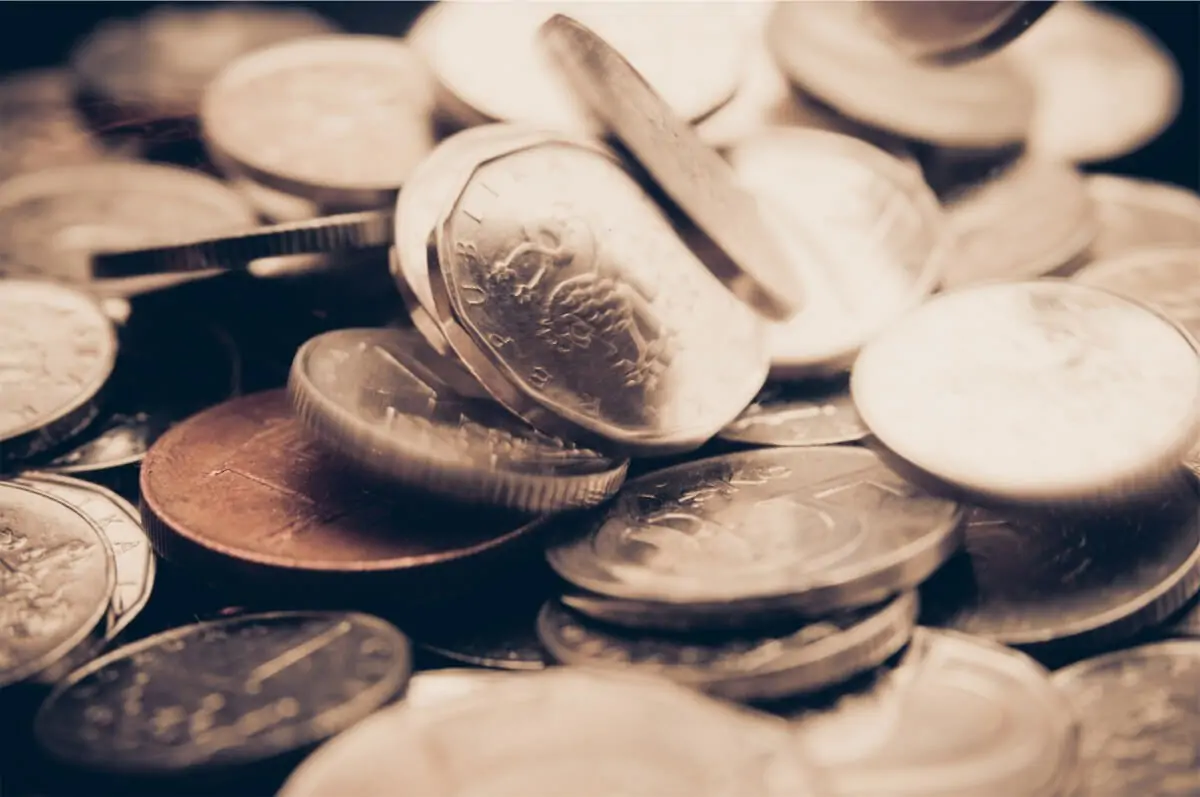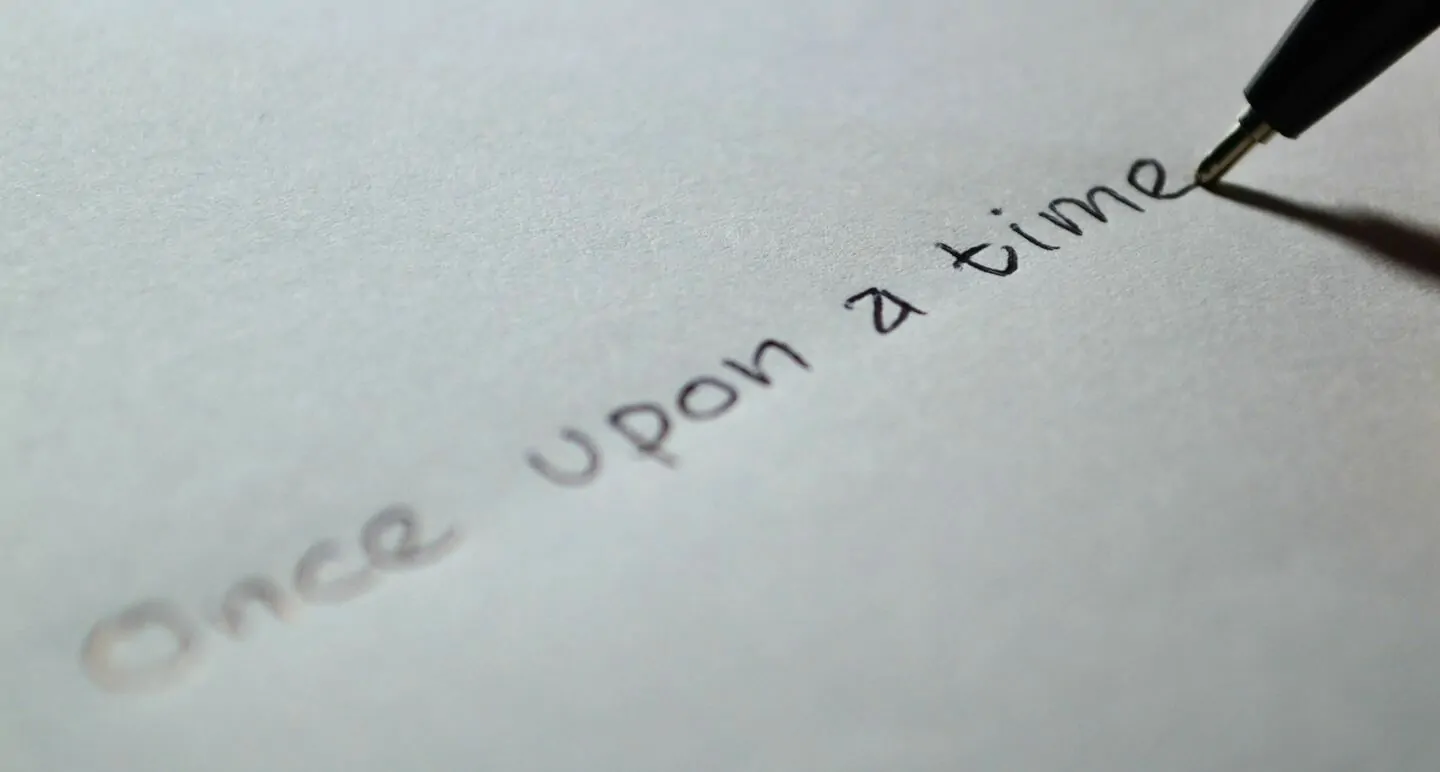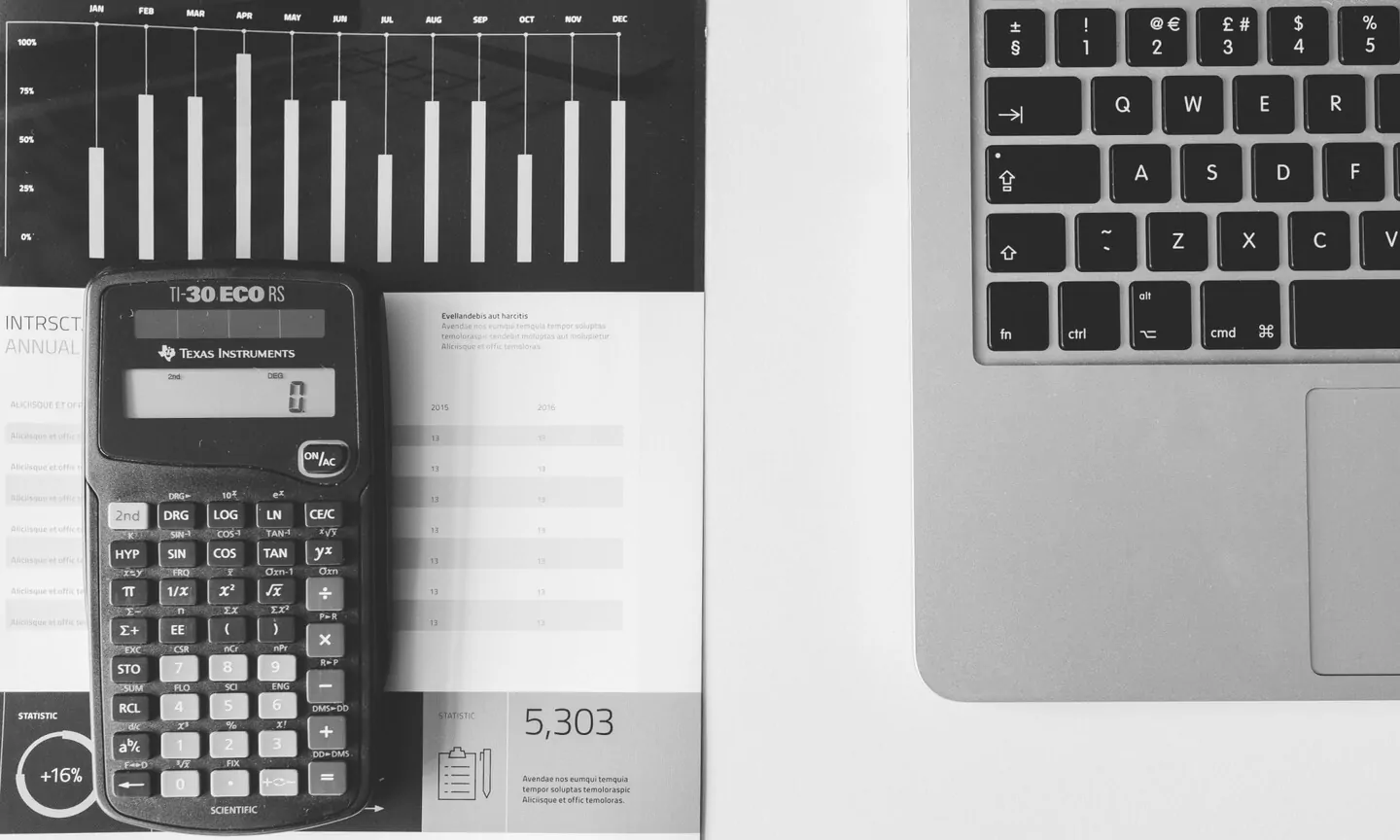
What is the VAT Flat Rate Scheme?
10 Mar 2017Flat Rate VAT
VAT Returns represent a major administrative burden for many business owners, but for small businesses with annual turnover of £150,000 or less the Flat Rate Scheme may just be able to come to the rescue.
What’s the purpose of the Flat Rate Scheme?
The Flat Rate Scheme was introduced in 2002 in order to simplify the process of VAT reporting for small businesses. Under this scheme a business can apply a fixed, flat-rate percentage to their gross ‘ flat rate turnover’ in order to determine how much VAT they should pay to HMRC.
Although a small business using the scheme will still charge VAT as normal on all of the ‘supplies’ it makes, and issue VAT receipts to customers in the usual way, the quarterly VAT return should be more straightforward because it only requires the business to calculate its total sales and then apply a flat rate of VAT to the VAT-inclusive value.
As an added bonus, beyond simplifying the process of recording VAT transactions the Flat Rate Scheme can also enable some small businesses to reduce their overall VAT liability, effectively increasing their revenue by allowing them to pay less VAT to HMRC than they charge their own customers.
How to register for the VAT Flat Rate Scheme
In order to apply for the Flat Rate Scheme a business must meet a number of eligibility criteria:
- It must be a VAT-registered business (either because its turnover exceeds the current £83,000 VAT registration threshold, or because it has opted for voluntary registration)
- The business’s annual turnover must be £150,000 or less
- The business must sell products or services that are ‘taxable supplies’ ie they are not exempt from VAT
- The business must not have left the Flat Rate Scheme during the previous 12 months
- The business must not be part of a margin or capital goods VAT scheme
- The business must not be ‘closely associated’ with another company
Assuming they meet the eligibility criteria, small business owners can apply to join the Flat Rate Scheme here.
An example
The rate that businesses use to determine their VAT bill under the Flat Rate Scheme will vary depending on the products and services the business offers (you can find a full list of business sectors, with their respective flat rates of VAT, here), but let’s use as an example a flat rate of VAT in the food industry, which is currently 12.5% for restaurants and other catering businesses.
So, a restaurant with a turnover of less than £150,000 that decided to join the Flat Rate Scheme will calculate its VAT bill at this flat rate of 12.5%, rather than the standard rate of 20%. Here’s an example of how a restaurant’s VAT liability might be impacted by joining the scheme.
If the restaurant was on the standard VAT scheme
If the restaurant was on the Flat Rate Scheme
A few considerations before applying to join flat rate scheme
Although the Flat Rate Scheme can simplify VAT reporting for many small businesses, and could even increase a company’s revenue by creating a pre-emptive VAT refund against some of the VAT the business would have owed under the standard rate scheme, there are a few things to bear in mind before joining the scheme.
- Vat is paid at the flat rate even on zero-rated supplies
Under the Flat Rate Scheme businesses pay VAT at a flat rate against all their sales, even if some of their sales were zero-rated. For example, tea and coffee is zero-rated, but a restaurant enrolled in the Flat Rate Scheme would pay 12.5% VAT against tea and coffee it serves to customers, along with the 12.5% VAT it pays on the food it serves.
- The flat rate is calculated on the total amount invoiced, inclusive of VATThe flat rate of VAT is calculated on the business’s sales plus the VAT it charges on those sales. As such, the flat rate is calculated against the 120% total billed to customers.
- A business only has one flat rate, even if it offers multiple taxable supplies
Some businesses provide more than one taxable supply, which may carry different flat rates of VAT. For example, a pub that also sells food may fall into the 6.5% flat rate applied to pubs, or the 12.5% flat rate of VAT applied to restaurants and other catering businesses. However, under the scheme the business can only apply one flat rate of VAT for the whole of its taxable supplies, so whichever product or service is expected to account for the largest proportion of the business’s sales during the next 12 months will determine which flat rate the business will pay. For example, if a pub’s sales are expected to consist of 65% drinks and 35% food, the 6.5% flat rate of VAT for pubs would apply to 100% of the business’s sales.
Although this requires the business to predict its future sales, using the proportions of supplies in the preceding twelve months is usually an acceptable basis for the decision.


















